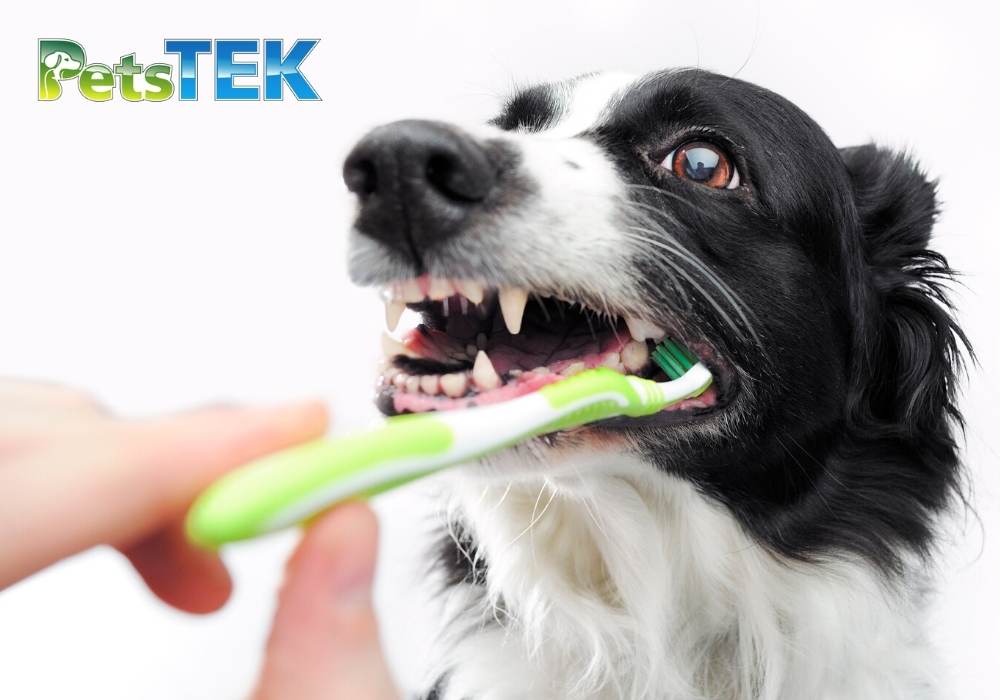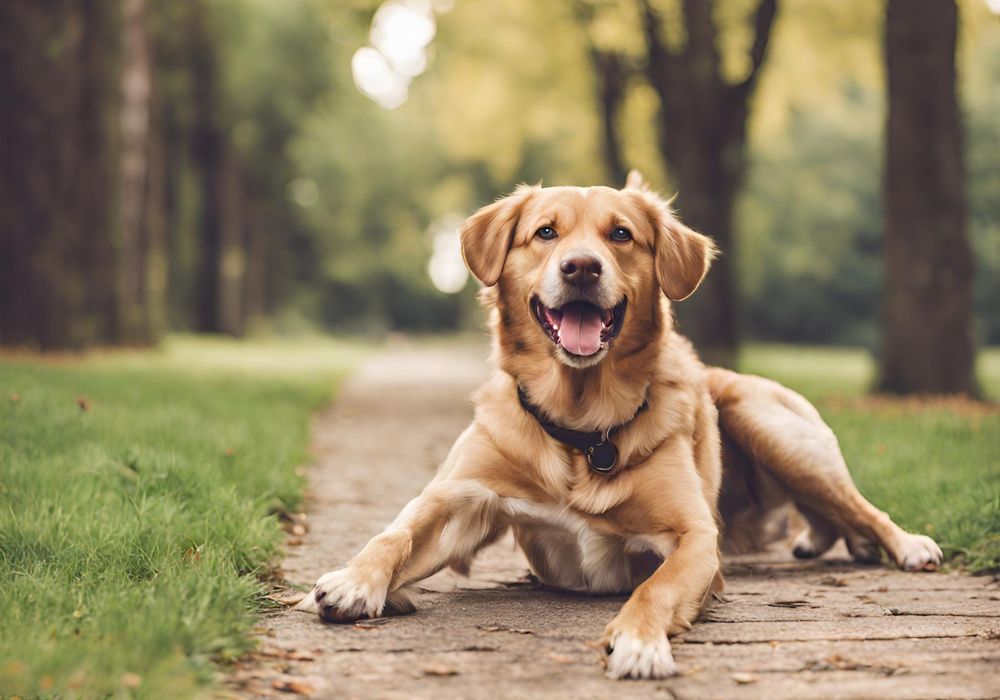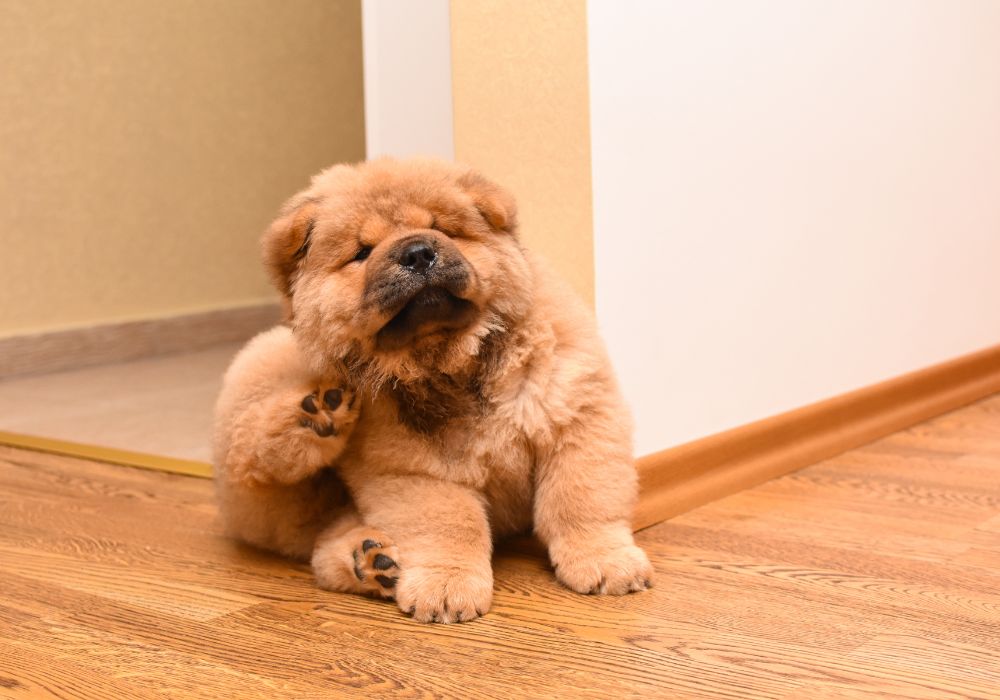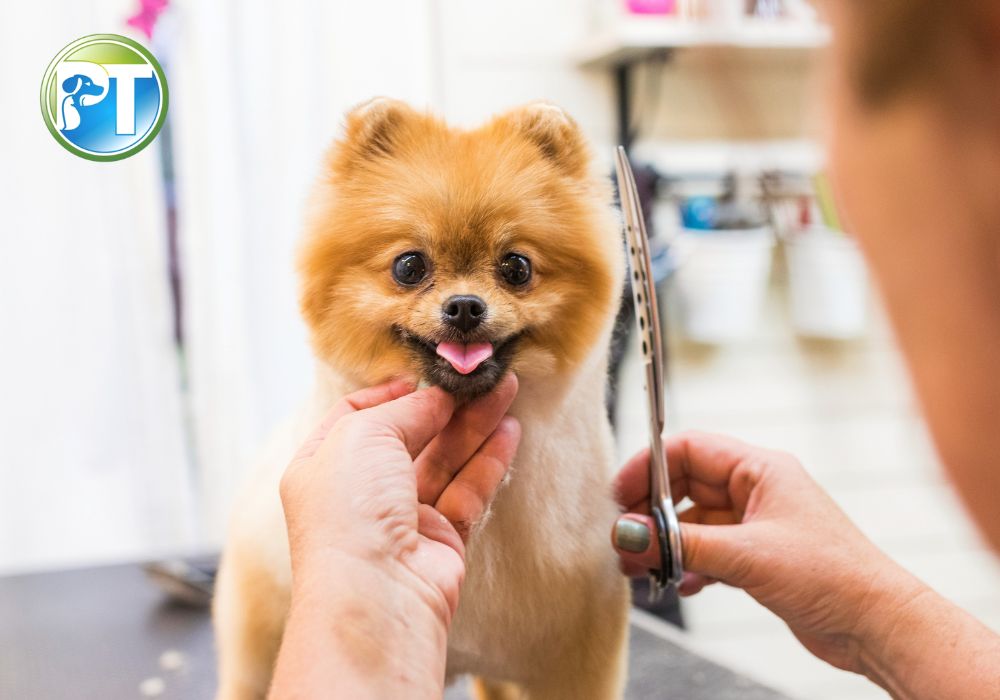How to Properly Brush Your Dog’s Teeth – Step-by-Step Guide for Healthy Canine Oral Care

An essential component of your dog's overall wellness is good oral health. Due to poor oral care, periodontal disease results from accumulated plaque and tartar on the gums and teeth. In addition to gum disease and tooth decay, your dog may develop heart, kidney, or liver illnesses. The best strategy to prevent periodontal disease in your pet is to brush their teeth regularly.
What is Periodontal Disease in Dogs?

Periodontal disease is a bacterial infection of the gums surrounding teeth. This develops over time.
It first appears as plaque and later calcifies into tartar or calculus, a rough, hard substance. Plaque and tartar can cause gingivitis, a gum infection that worsens if allowed to grow over time.
Infected surrounding soft tissue and bone result from this, and the tooth becomes loose in the advanced stages of periodontal disease.
Canine dental disease can result in or have an impact on:
- Gum infection
- Bone infection
- Liver function
- Kidney function
- Heart disease
Could your pet be a candidate for oral disease? Here are the signs to look out for:
- Bad breath
- Inflamed, swollen gums
- Discomfort and pain
- Exposed tooth roots
- Loose or broken teeth
- Weight loss/not eating
According to statistics, 80% of dogs will develop an oral disease by the time they are 3 years old. That means 72 million of the nearly 90 million canines in the US may have dental illness. That is a staggering number. And what's perplexing is how simple the solution is.
Every day, you clean your teeth twice. Just picture how easy that is for you. Well, cleaning and brushing your dog's teeth may be as effortless.
Why Do I Need to Brush My Dog's Teeth?
Brushing your dog's teeth is essential to any dog's grooming regimen. Being proactive about your dog's dental health can help prevent many common oral health problems.

Daily brushing helps:
1. Prevent Dog's Bad Breath
Dogs with bad breath frequently have untreated dental problems. Regularly brushing your dog's teeth can help prevent the odor from emerging and remove any food fragments stuck between your dog's teeth and gums.
2. Remove Tartar and Plaque
Brushing your dog's teeth can remove tartar and plaque from your dog's teeth. Although tartar first forms in the mouth, it can spread to other body regions, pile up, and produce obstructions that damage other organs and joints. Regular brushing can also fend off ailments, including arthritis, heart disease, and many more.
3. Prevent Periodontal Diseases
One of the conditions that affect dogs most frequently is periodontal disease. Brushing stimulates the gums and cleans the teeth. The best method to guarantee that your dog has a mouthful of healthy teeth well into adulthood is to give them a regular toothbrush.
4. Prevent Damage to Dog's Internal Organs
Toxins from periodontal and other dental illnesses are carried into your dog's bloodstream. They can harm the organs that filter the blood, such as the heart, kidneys, and liver. Therefore, brushing your dog's teeth is essential to stop bacteria from the mouth from invading and fatally harming the internal organs.
When Should I Brush My Dog's Teeth?
To get them used to the process early on and promote excellent hygiene, you should start cleaning your dog's teeth when they're a puppy. With an adult dog, it's never too late to begin doing this. It may just require some more training if they aren't used to it.
How Often Should I Brush My Dog's Teeth?
Brushing your dog's teeth twice daily is ideal. However, once a day is a good start. Plaque is removed from the teeth by brushing, which occurs every day. Dogs rarely acquire cavities, but they have periodontal disease, which can cause tooth loss, pain, and poor smell.
Dog Teeth Brushing Tools

What toothbrush should you use for your dog? There are commercial toothbrushes on the market made exclusively for canines. A few of these include:
- Finger brushes
- Specific pet toothbrushes
- Children's toothbrushes
Using an incredibly soft toothbrush for human babies is acceptable for some dogs, as well.
The kind of toothbrush you use is based on the size of your dog and your own dexterity. When first brushing the dog's teeth, many dog owners find it more convenient to use a finger brush. If you are unsure which brush to use, see your veterinarian.
No matter what kind of toothbrush you use, it is critical to be careful and go slowly. It is possible to accidentally poke the toothbrush tip against the gums and cause irritation.
What Type of Toothpaste Should I Use for My Dog?
Most pet shops sell toothpaste made exclusively for dogs, which comes in flavors such as peanut butter or chicken that your dog will love.
Can I Use Human Toothpaste for My Dog?
No. Dogs shouldn't ever have human toothpaste applied to their teeth because it is harmful to them. It contains fluoride, and some kinds of toothpaste have Xylitol, a sweetener that is exceedingly hazardous to dogs, even in tiny doses.
Can I Use Baking Soda to Brush My Dog's Teeth?
No. Baking soda, like human toothpaste, should never be used to brush your dog's teeth. Due to its strong alkalinity, which upsets dogs' stomachs and digestive processes, baking soda is dangerous if ingested.
Moreover, most dogs will not enjoy the flavor of baking soda, which will probably discourage them from using the toothbrush!
How to Properly Brush Your Dog's Teeth in 5 Easy Steps

Step 1: Introduce Toothpaste
Letting your dog take the lead can encourage comfort and confidence in them. Allow your dog to first inspect the toothpaste tube. Then, as you praise your dog, put some toothpaste on your finger and let your dog investigate, sniff, and lick the toothpaste from your finger.
Step 2: Use Your Fingers
Put a little toothpaste on your finger. Raise your dog's lip just a bit, then gently rub the toothpaste on your dog's teeth, paying particular attention to the gums. Repeat this process until your dog is content to lick the toothpaste off your finger. Don't be worried about getting all of your dog's teeth. You want your dog to feel at ease with your finger in their mouth and on their teeth.
Step 3: Consistency is Key
Consistency is essential in developing your dog's comfort with dental brushing. Spend a few minutes each day using toothpaste on your finger to brush your dog's teeth. As your dog becomes more accustomed to this procedure, you should be comfortable softly moving around his mouth. If your dog appears scared or uncomfortable during brushing, simply back up or let your dog lick toothpaste off your finger. Reintroduce gently stroking dental spots your dog has been comfortable with before moving on to a new area.
Step 4: Introduce the Toothbrush
There are two types of dog toothbrushes. The first is a bristled silicone finger toothbrush that glides onto your finger. The second features a wand that resembles a human toothbrush. Some dogs like the finger version since it feels more like your finger touching their teeth/gums, so choose the toothbrush that works best for your dog. Let your dog investigate, sniff, and lick the toothpaste off the toothbrush as you hold it.
Step 5: Brush It Away
When your dog gets comfortable around the toothbrush, add more toothpaste, and gently brush in a circular motion. Prioritize brushing the incisors and canines first. Make sure to get the back and bottom teeth. Lift the lip just enough to let the brush fit in, then release it and point it toward the gums to clean the molars. Although your dog may or may not come to enjoy these sessions, tooth brushing can become a stress-free or enjoyable part of your dog's daily routine. It just needs time and repetition to establish positive bonds with training sessions.
Precautions When Brushing Your Dog's Teeth
Wear gloves when brushing your dog's teeth since their mouth is packed with bacteria. If this makes it difficult for you to properly brush their teeth, be sure to wash your hands thoroughly with soap and water after you're done. Before storing the toothbrush, make sure to properly rinse it. If you have multiple dogs, use a separate toothbrush for each and replace it every three months.
When to Seek a Veterinary Dental Cleaning
There are some circumstances where getting a professional veterinarian's assistance may be necessary while brushing a dog's teeth. For your dog's oral hygiene concerns, it is best to consult a specialist in the following situations:
- If you attempt to brush your dog's teeth and notice any bleeding.
- When you try to brush your dog's teeth, they may experience discomfort or pain.
- If your dog's gums appear to be swollen or discolored.
- When your dog's mouth has an awful smell coming from it. This may be a sign of a dental infection.
- If your dog has difficulty biting or chewing dry or hard food.
It's worthwhile to brush your dog's teeth. Although it might not be enjoyable for either of you, brushing their teeth will pay off in the long term by saving you money and sparing your pet a great deal of discomfort. And never forget to seek your local veterinarian for tips, advice, and help if you're having difficulties brushing their teeth.
You might also enjoy...
-
Posted in
Pet Health, Training Tips


